Many know Bob Dylan’s “The Man in Me” thanks to The Big Lebowski. It plays over the opening credits and returns later in a dream sequence.
Videos by American Songwriter
Before Ethan and Joel Coen included “The Man in Me” in their 1998 film, it appeared on Dylan’s 1970 album, New Morning. Though Dylan’s 11th LP is sometimes overlooked, it offers a compressed view of his pastoral period in Woodstock, New York.
Tucked away from the spotlight and busy jamming with friends like George Harrison, Dylan sounds free. But he describes a different kind of freedom in “The Man in Me.”
He’d settled down with his wife, Sara Lownds, and they were raising a young family. It’s Dylan the family man, not the rock star or the voice of his generation.
In the Lebowski sequence, Jeffrey “The Dude” Lebowski—portrayed by Jeff Bridges—gets knocked out and dreams he’s floating above Los Angeles. His surreal release echoes Dylan’s liberation from the hysteria of the previous decade.
Domesticated Dylan
This is Dylan in love. His partner gets beyond the façade of the revolutionary folk singer. There’s humility and vulnerability in how Dylan acquiesces to her. A humanized rock star.
The man in me will do nearly any task
And as for compensation, there’s little he would ask
Take a woman like you
To get through to the man in me
The stormy metaphor may relate to how people reacted negatively to Self Portrait. He once claimed the album was a joke. A way to ditch the generational spokesman anchor. But New Morning brings Dylan back to a familiar, rootsy sound.
Storm clouds are raging all around my door
I think to myself I might not take it anymore
Take a woman like your kind
To find the man in me
‘Planet Waves’
Dylan wouldn’t release another album of new material until 1974. Planet Waves reunited him with The Band and was the first for his new deal with Asylum Records.
The album marked yet another change in Dylan’s life. Dylan and The Band booked an extensive tour. It was Dylan’s first continuous touring since 1966. But life on the road with a hard-partying rock and roll band also created a threat to Dylan’s stable home life.
Another Side of Bob Dylan
Yet, “The Man in Me” shows another side of Bob Dylan. Speaking of Another Side of Bob Dylan, that album marked his move away from “finger-pointing” songs, as The New Yorker put it.
A shape-shifting songwriter shouldn’t have surprised anyone. Remember, he’d already retired his birth name, Robert Zimmerman. He was always changing, and many versions of Dylan have surfaced a multitude of times since his self-titled debut in 1962. On New Morning, the fog of the 1960s gave way to rustic solitude, spring, rebirth.
John Lennon had a similar experience when he escaped to the country at the height of Beatlemania. Then he grew bored and wrote “Nowhere Man.”
However, Dylan was somewhere. You can feel his new sense of independence in the opening “la, la, la” hook of “The Man in Me.” It’s carefree. Like The Dude. This is slacker folk at the dawn of a new decade.
The man in me will hide sometimes to keep from bein’ seen
But that’s just because he doesn’t want to turn into some machine
Took a woman like you
To get through to the man in me
Photo by Michael Ochs Archives/Getty Images

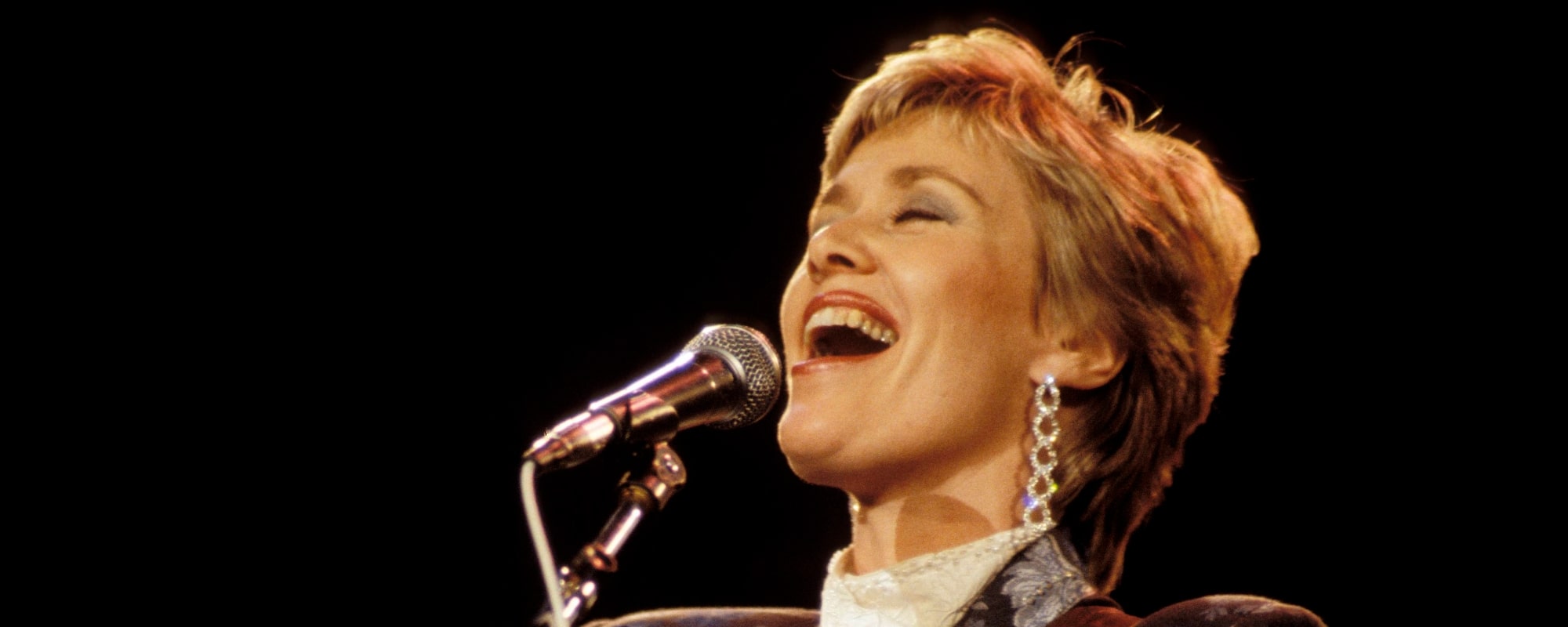
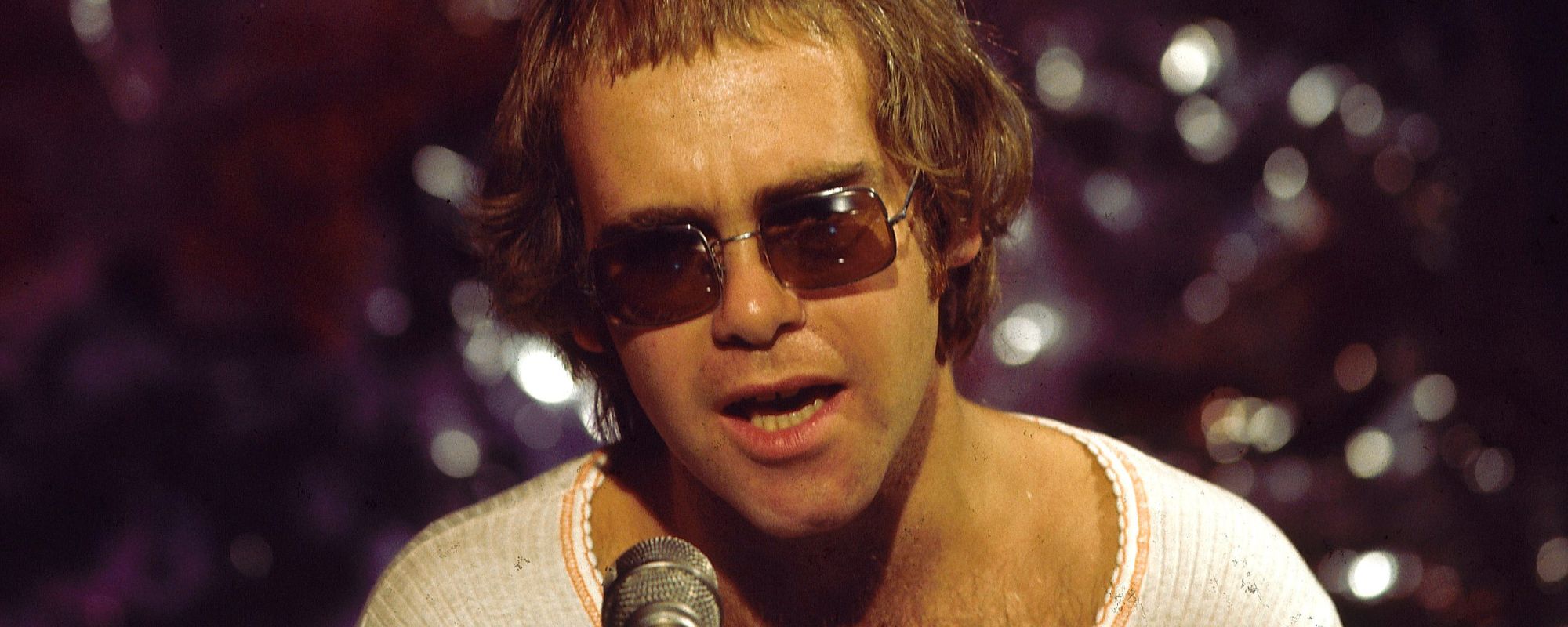
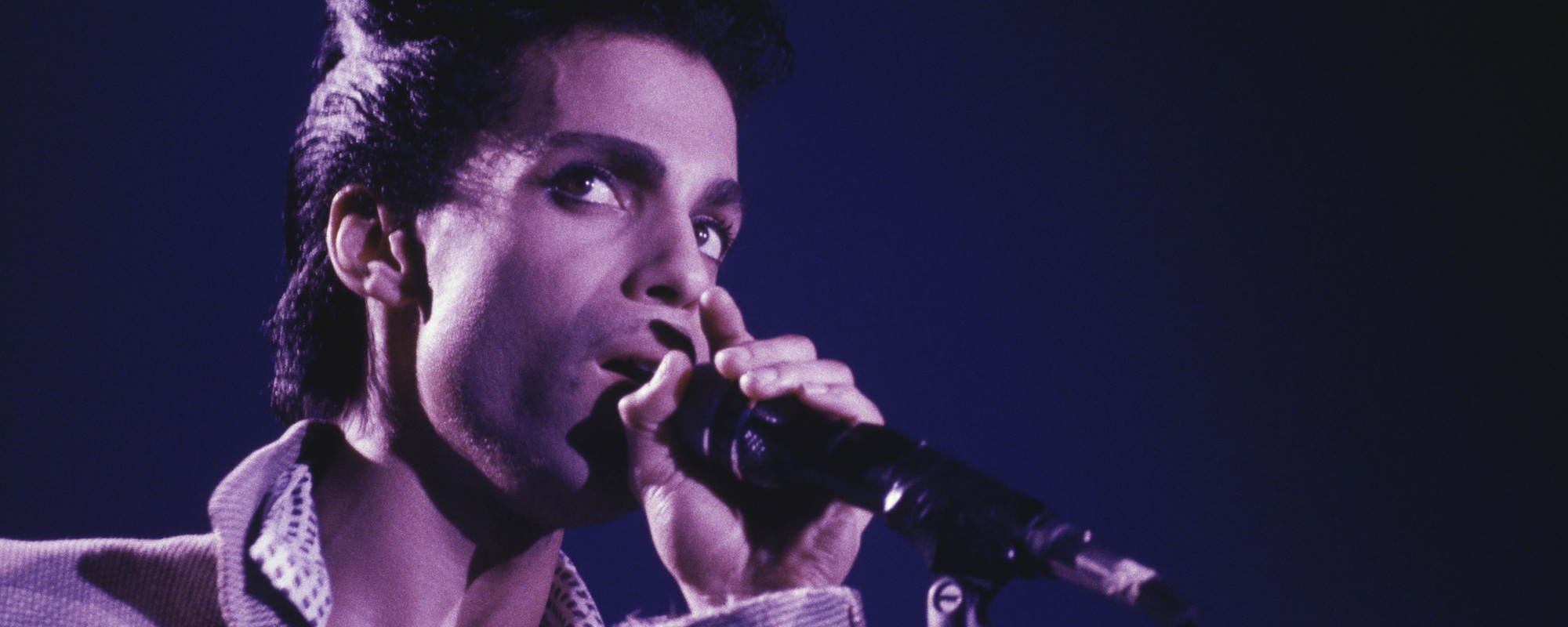

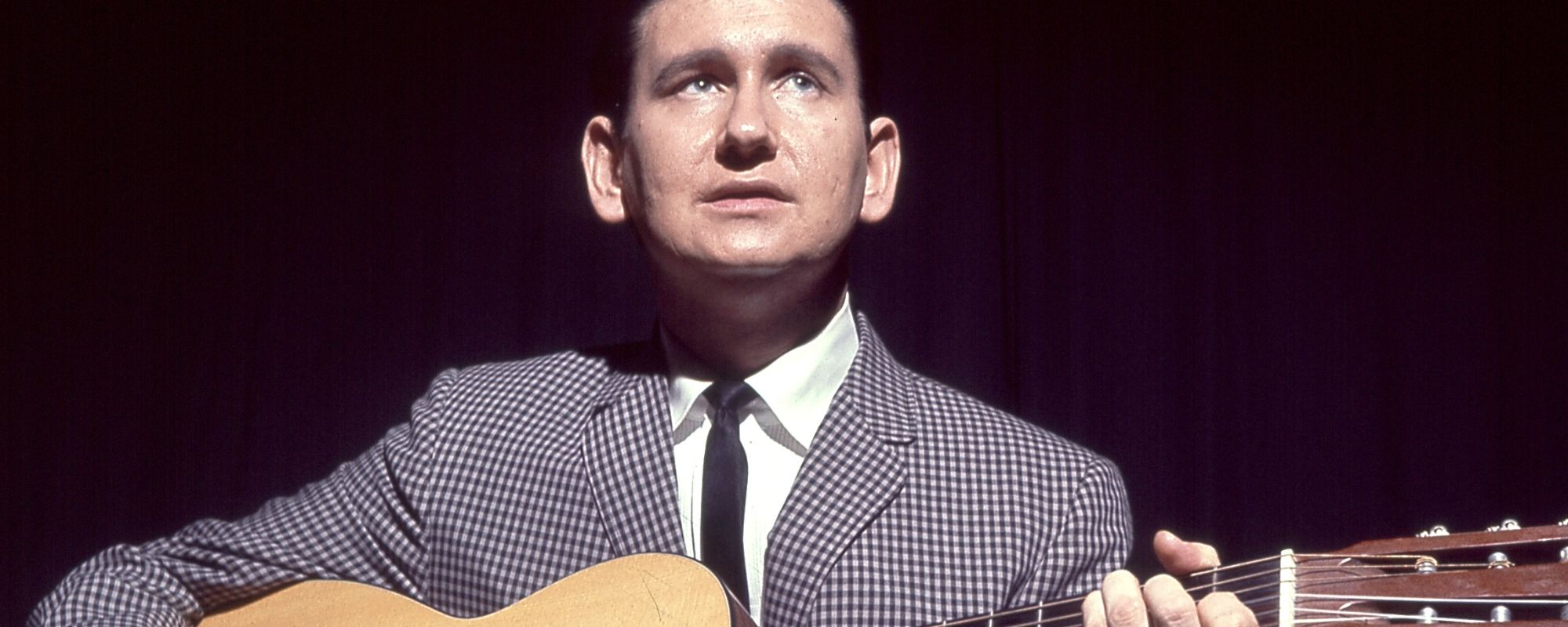
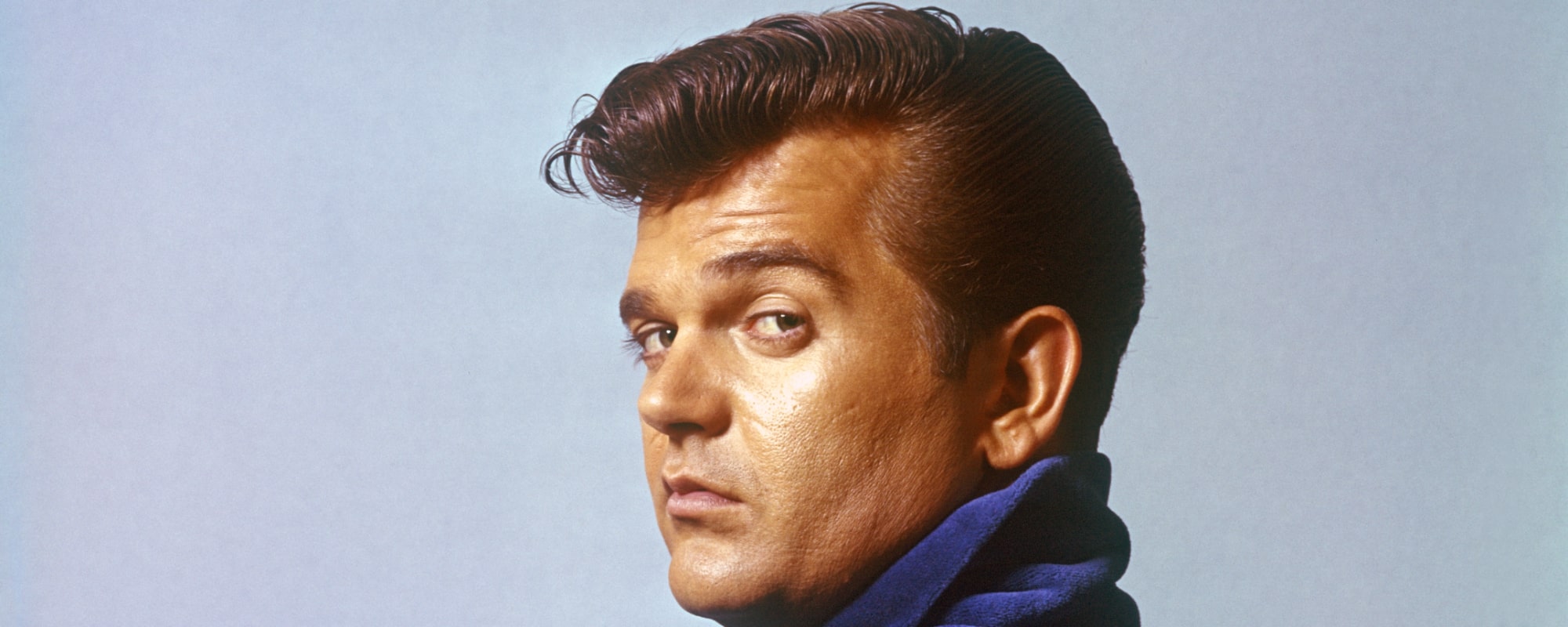




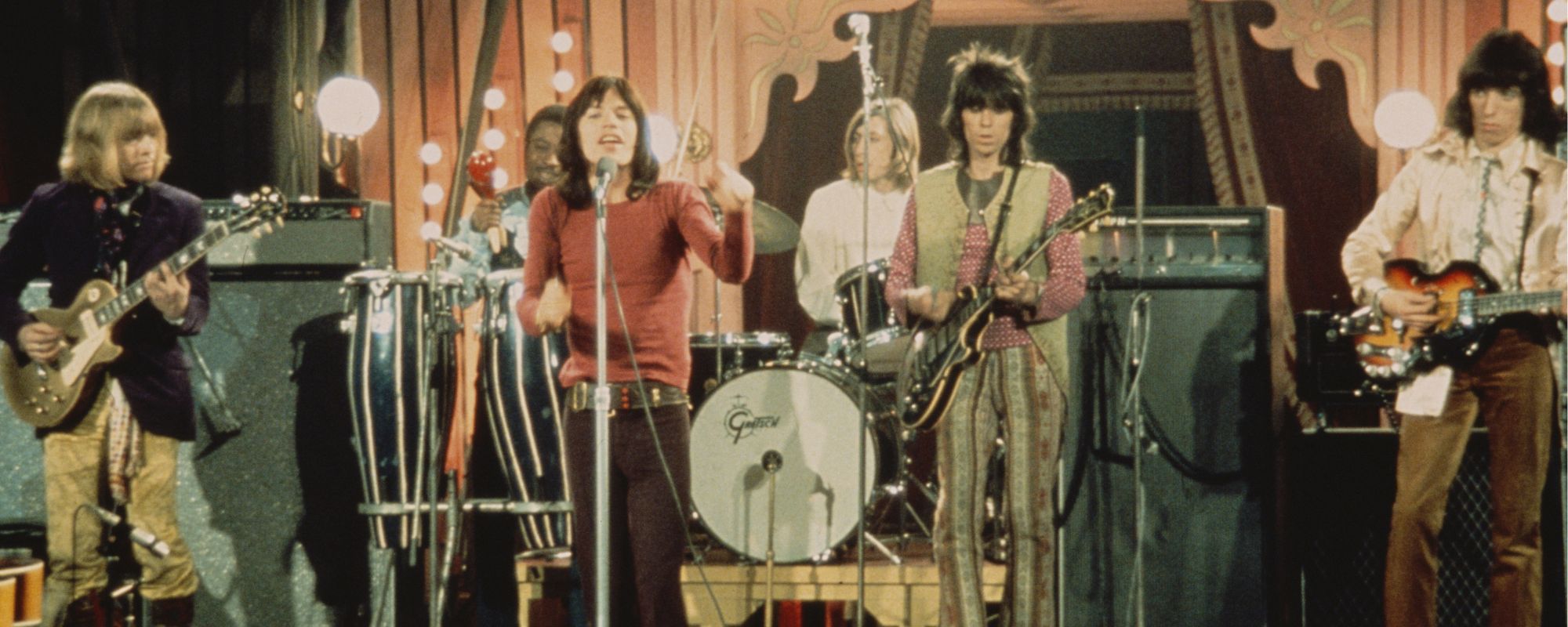
Leave a Reply
Only members can comment. Become a member. Already a member? Log in.